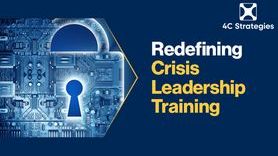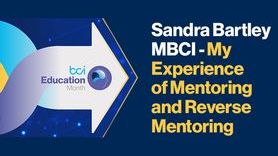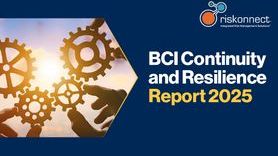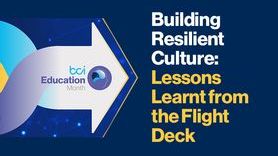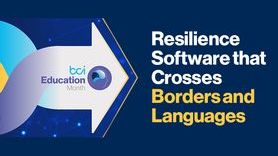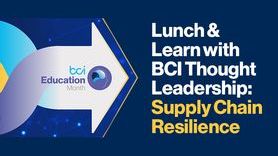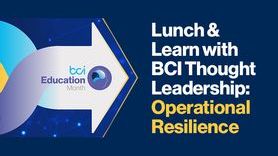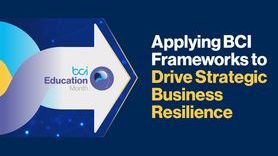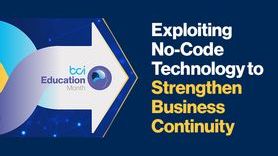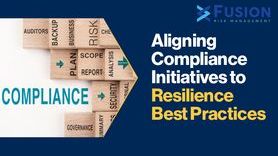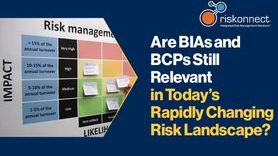New leaders for the Operational Resilience SIG

We are pleased to welcome Nathan Schoenkin (MBCI) and Todd Ray (MBCI) as the new Leader and Vice Leader of the BCI Operational Resilience Special Interest Group (SIG).
Leader Nathan is a resilience professional with extensive experience across key sectors, including government, financial services, and life sciences. Vice Leader Todd brings a wealth of leadership experience from both the private sector and consultancy environments.
Motivations: Why lead the committee?
Nathan believes that operational resilience is a team effort and has spent his career building collaborative programmes across functions. He took the leadership role to help create an inclusive, action-oriented community that turns challenges into practical tools and makes volunteering meaningful. Previously co-leading the SIG's article and white paper team, and organising the recent Open House event, showed him the power of shared problem-solving. Nathan said:
'I believe our Special Interest Group (SIG) can be a huge accelerator for our field. It's a place where we can bring together practitioners from different backgrounds, from brand-new professionals to seasoned leaders, to learn from each other.'
Vice Leader Todd identified a gap in how the industry shares real-world operational resilience insights and believes that co-leading the SIG will help drive consensus on emerging challenges, offering an opportunity to raise collective capabilities and influence policy.
He said:
'Co-leading the SIG allows me to help foster a collaborative environment where we can exchange best practices, co-develop tools, and raise the maturity of resilience.'
Promoting engagement and support
Making the SIG a go-to place for resilience and business continuity professionals, where they can share difficulties, challenge old assumptions, and develop better standards/best practices, is a joint aim.
Todd aims to enhance the resilience community and develop the next generation of resilience leaders through targeted working groups, mentorship programmes, and high-quality resources. He said:
'By hosting workshops and publishing quarterly white papers, we'll aim to accelerate the adoption of advanced resilience techniques, such as dynamic impact tolerances and digital twin simulations.'
Nathan hopes to bring in experts from IT, security, risk, and operations so professionals 'can roll up sleeves and start developing best practices and tools together'. He thinks that by making sure early-career professionals are in the room alongside experienced leaders, the SIG will nurture fresh ideas while staying grounded in best practices.
Future vision and long-term goals
Both Nathan and Todd's future aim is to make the Operational Resilience SIG a centre of excellence that provides clear, informative guidance within a warm, interactive community.
Todd's long-term vision includes hosting annual workshops and establishing a digital knowledge base that will become the go-to resource for resilience professionals. He is also keen that the SIG develop an industry-recognised Operational Resilience Maturity Model that could achieve adoption by public and private organizations across key sectors.
Building on this vision, Nathan believes the SIG will need to consistently deliver high-quality resources and always be looking for ways to build the community in future. He said:
'By encouraging collaboration across industries and even geographies, we can help our members move beyond working in silos and toward a shared mission. Success, for me, won't just be measured by the documents we produce, but by the strength of the community we build.'
Joining a SIG provides members with an excellent opportunity to expand their knowledge and contribute to the industry. If you're interested in joining the Operational Resilience SIG, you can find more information here.








